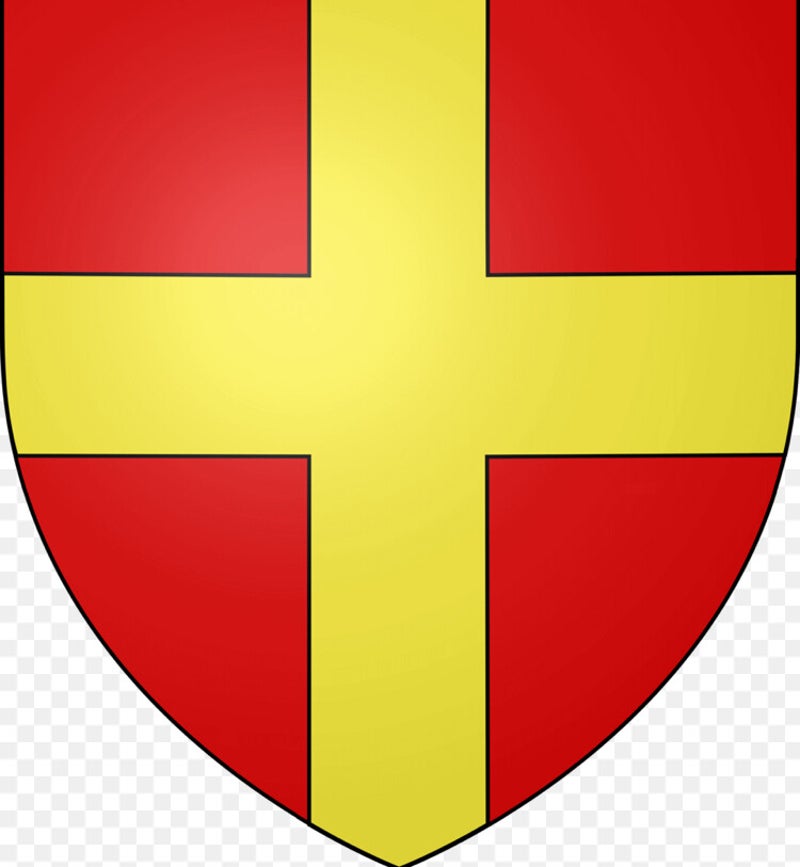Marquisate of Montferrand
County of Montferrand
Feudal Barony of Montferrand
The Feudal Marquisate, County, and Barony of Montferrand has a storied past that dates back centuries. Most recently it was acquired by Letters Patent and Deed of Conveyance from the Patriarch of Antioch by Dr. Travis K Svensson in 2001.
HSH, The Much Honored, Laird Val Svensson of Ranfurly Castle, the 3rd Earl of Louth and Count of Montferrand is the heir apparrent for this feudal incorporeal hereditament.

History of Feudal Marquisate of Montferrand (The Levant)
The Ancient Feudal Marquisate of Montferrand
(by: Dr. Erik de Sergiana, Ph.D.)
Create Your Own Website With Webador